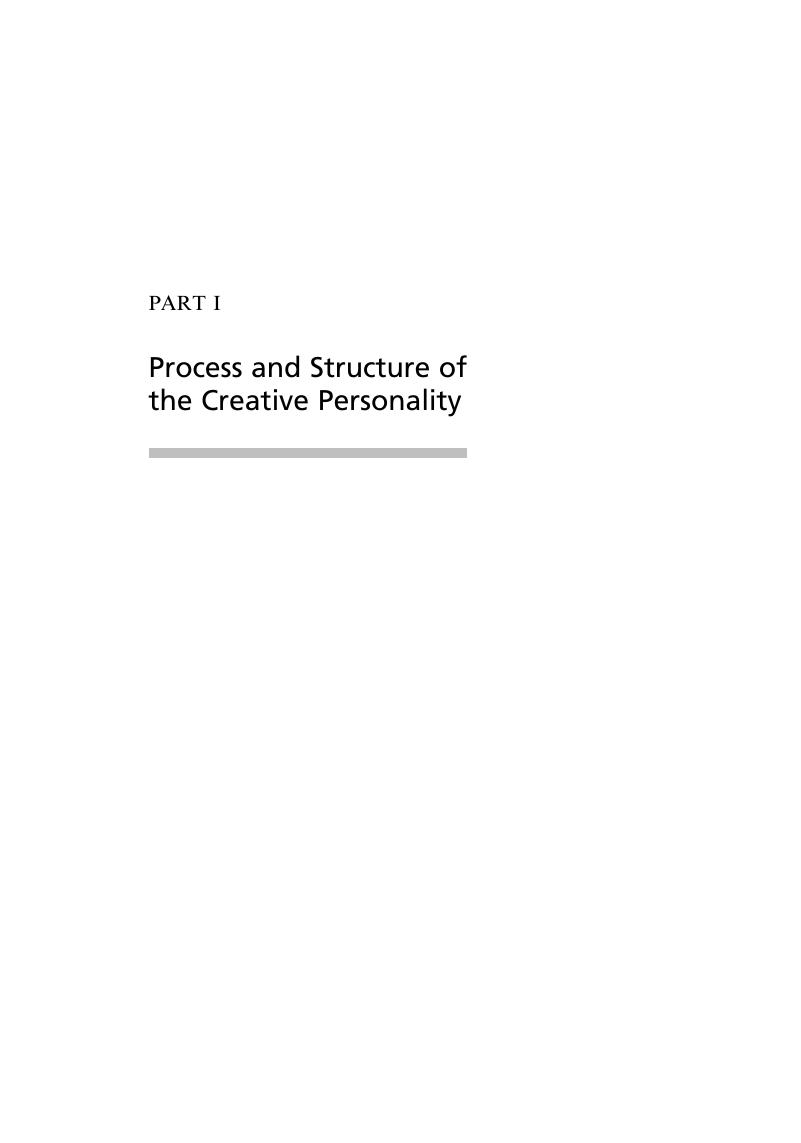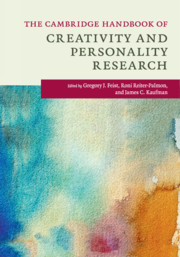Book contents
- The Cambridge Handbook of Creativity and Personality Research
- The Cambridge Handbook of Creativity and Personality Research
- Copyright page
- Dedication
- Contents
- Acknowledgments
- 1 Introduction: The Personal Side of Creativity
- Part I Process and Structure of the Creative Personality
- Part II Creativity and Personality
- Part III Creativity and Personality
- Index
- References
Part I - Process and Structure of the Creative Personality
Published online by Cambridge University Press: 19 May 2017
- The Cambridge Handbook of Creativity and Personality Research
- The Cambridge Handbook of Creativity and Personality Research
- Copyright page
- Dedication
- Contents
- Acknowledgments
- 1 Introduction: The Personal Side of Creativity
- Part I Process and Structure of the Creative Personality
- Part II Creativity and Personality
- Part III Creativity and Personality
- Index
- References
Summary

- Type
- Chapter
- Information
- Publisher: Cambridge University PressPrint publication year: 2017



